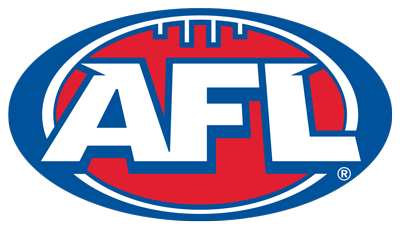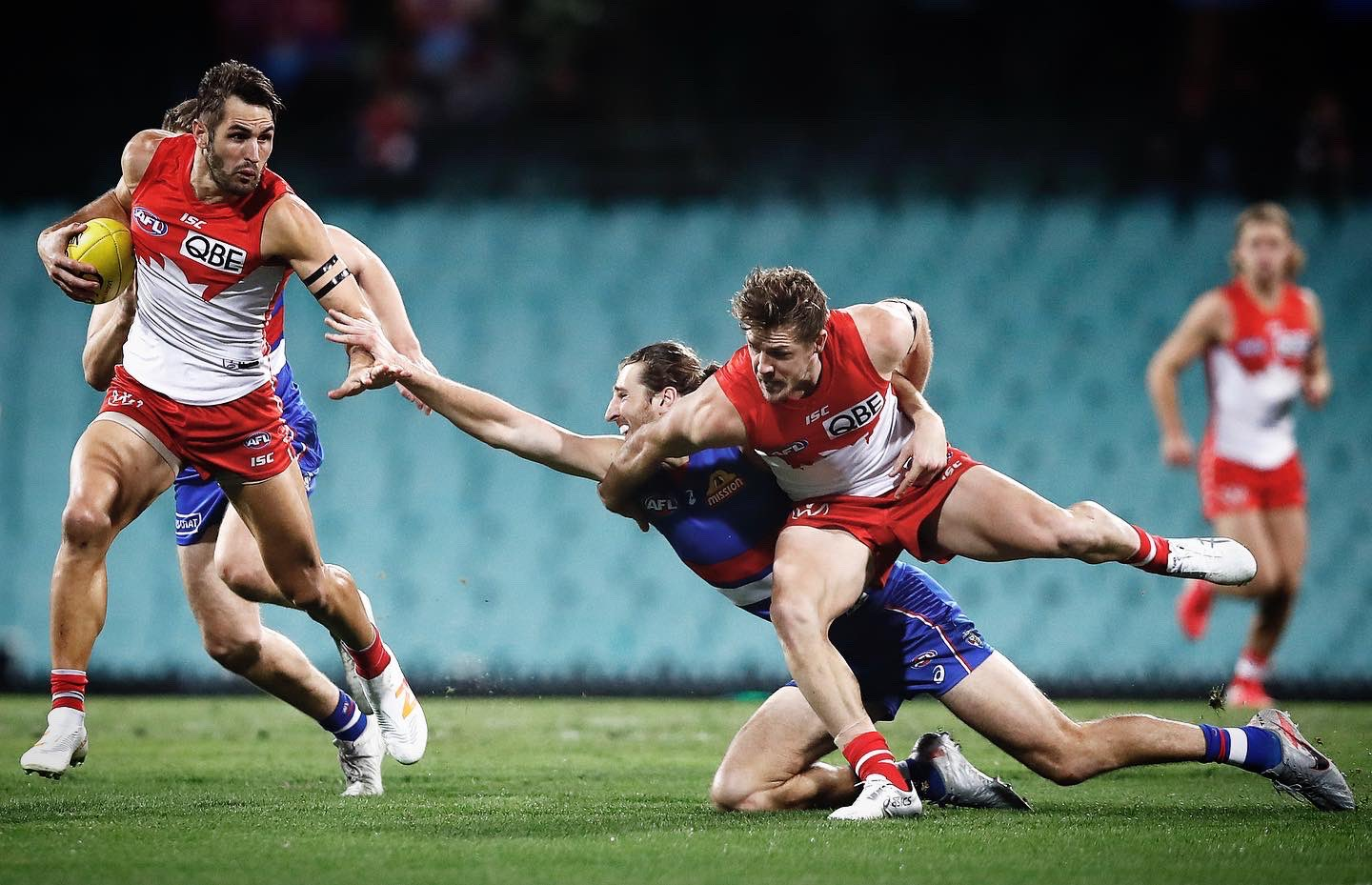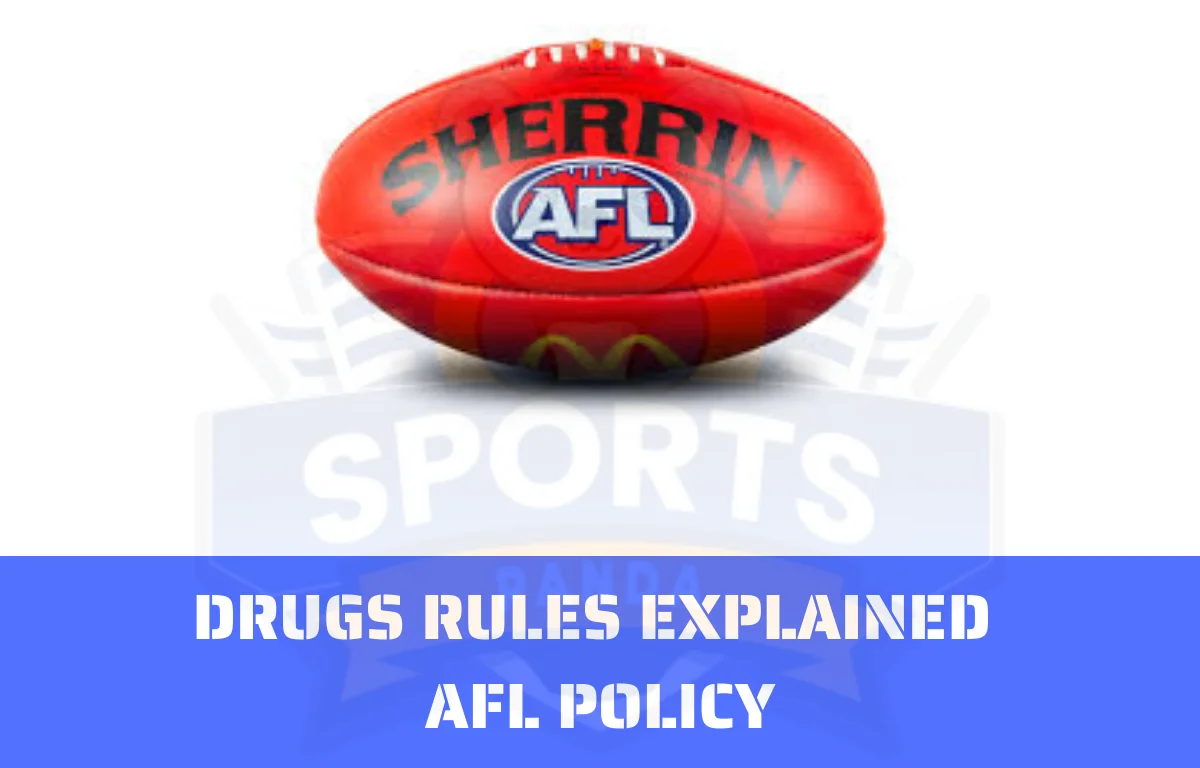AFL Shepherding & Bumping Tactics in Aussie Football
Last updated on April 22, 2024 at 12:44 pm
Posted on March 24, 2024 at 08:26 am
Controversy surrounds Australian Rules Football due to illegal tactics, challenging the balance between fair play and unsportsmanlike behavior. Shepherding, within five meters of the ball, aims to create space for teammates and disrupt opponents. Bumping, while allowing physicality, prohibits head contact and frontal charges. Understanding the nuances between shepherding and blocking is pivotal for players. Incidents like the Long-Simmonds debate in the 2000 AFL Grand Final highlight the ongoing discussions around player safety and sportsmanship in the sport. The impact of these tactics on gameplay dynamics is significant, shaping the competitive landscape of Aussie football.
Shepherding in Australian Rules Football
Shepherding, a strategic technique in Australian Rules Football, involves legally pushing, bumping, or blocking an opposing player to influence movement on the field, contributing importantly to team dynamics and gameplay effectiveness.
This tactic, akin to shepherds guiding their flock, is unique to Australian rules football and plays a pivotal role in creating space for teammates and impeding opponents.
Shepherding within five meters of the ball is permissible, except during marking and ruck contests. It is a skill highly valued for its ability to open up opportunities for teammates and disrupt the opposition’s strategies.
Effective shepherding requires players to use their bodies tactically, employing strength and positioning to gain an advantage on the field. Mastering this technique can significantly impact a team’s performance and success in the game.
Bumping Rules and Regulations
The regulations governing bumping in Australian Rules Football outline permissible actions players can take within five meters of the ball, aiming to maintain player safety and fair play on the field.
Players are allowed to legally bump opponents within this range, but charging a player is strictly penalized with a free kick and may result in being reported. To safeguard players, no head contact is permitted during bumps, and front-on charges, commonly referred to as ‘shirt fronts,’ are considered illegal.
These rules guarantee that players engage in physical contests within a framework that prioritizes safety and sportsmanship, balancing the physicality of the game with the need to prevent unnecessary risks and injuries.
Shepherding Vs Blocking: Key Differences
A fundamental distinction between shepherding and blocking in Australian Rules Football lies in their tactical objectives and permissible methods of execution. Shepherding involves using the whole body to prevent an opponent from reaching a contest, aiming to impede their ability to tackle a teammate or get to the ball. Effective shepherding employs outstretched stiff arms and body weight strategically.
On the other hand, blocking an opponent’s run at the ball is considered illegal. In contrast, blocking allows players to use their strength to impede opponents in marking or ruck contests, with the primary purpose of obstructing the opposition’s movement. Understanding these key differences is essential for players to execute tactics within the rules of the game effectively.
Relevant AFL Skills: AFL Marking & AFL Ruckman
Impact of Shepherding and Bumping
When considering the impact of these strategic maneuvers in Australian Rules Football, players must navigate the nuances of shepherding and bumping to effectively influence the flow of the game.
Shepherding involves using the body to impede opponents, aiming to create space for teammates or hinder opponents’ progress. It is an essential skill for players to master, as it can disrupt the opposition’s defensive or offensive strategies.
On the other hand, bumping allows players to legally make physical contact with opponents within a certain distance of the ball. This maneuver can be used to assert dominance, intimidate opponents, or disrupt their actions.
Both shepherding and bumping play significant roles in shaping the dynamics of gameplay and require precision and timing to execute effectively. Except these two there are more afl skills that you must learn about.
Controversial Incidents in AFL
Amidst the competitive landscape of Australian Rules Football, instances of controversy have punctuated the AFL through various contentious incidents. One notable incident that stirred debate was the Long-Simmonds Incident during the 2000 AFL Grand Final. Essendon’s Michael Long’s bump on Melbourne’s Troy Simmonds sparked media attention as Simmonds was knocked out and carried off on a stretcher.
The AFL match review panel, AFL Tribunal, and AFL Rules Committee have all played roles in addressing controversial incidents like these. Such incidents often lead to discussions around player safety, appropriate conduct on the field, and the line between fair play and foul play in the game of Australian Rules Football.
Conclusion
To sum up, the debate surrounding the legality of shepherding and bumping in Australian rules football remains a complex and contentious issue.
As these tactics continue to play a significant role in the strategic aspect of the sport, it is essential for players, officials, and fans to have a clear understanding of the rules and regulations governing these actions.
By upholding the principles of fair play and sportsmanship, the integrity of the game can be preserved for future generations to enjoy.
_________












